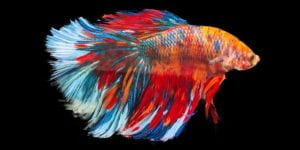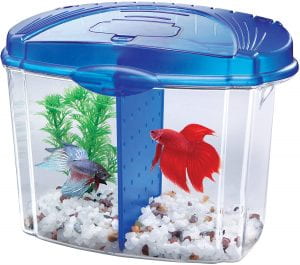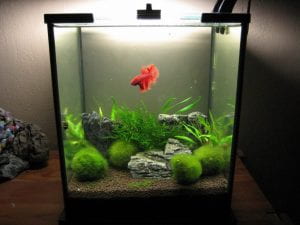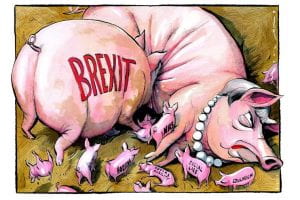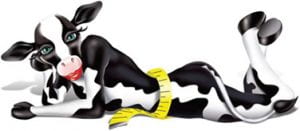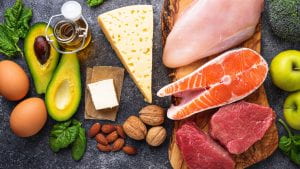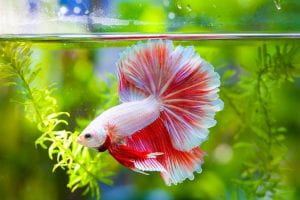Betta Fish Care Guide
Some quick facts first
1. Betta fish can and should live between 2 or 3 years, while some may have shorter lifespans, if you are consistently losing Betta fish after just a couple of months you are doing something (most likely many things incorrectly).
2. Bettas require a minimum of a 2 gallon enclosure to thrive.
3. Betta fish can live in community tanks (tanks with other life) but consideration needs to be taken as to what life you are putting with them.
What You Need: \
1. A bowl,tank,aquarium, whatever you wanna use. Make sure it is a minimum of 2.5 gallons, I will link a few choice ones below.
The above is great if you like the classic bowl design.
https://www.ebay.com/itm/Aqueon-5-Gallon-MiniBow-LED-Desktop-Fish-Aquarium-Kit-Black/133399311297?hash=item1f0f37f3c1:m:mwCm9pjpZ_OeENAYBO_Ao-Q (
This is my absolutely favorite nano-tank and is great for beginners
https://www.petco.com/shop/en/petcostore/product/aqueon-10-gal-led-aquarium-kit
Your classic 10 gal setup, I would not recommend a beginner go any bigger than this.
For smaller tanks, a desktop like surface will work fine but for the 10 gal, I recommend getting a stand, there should be plenty of them available at any local fish/pet store.
2. A filter: Now some people will tell you, that in smaller tanks you do not need a filter, and should just do regular water changes, I strongly recommend against this. After a bit you will become tired of daily water changes and you will forget, as a result of the quality of your water and your fishes life will decline.
3. A heater: This is another thing, some will tell you is optional. It is not Betta fish need to be in water that is at least 72 degrees, while many people keep their homes this warm it is not steady and not worth the risk, especially as quality heaters can be purchased for less than twenty dollars and can lost well over a year. During particularly hot days during the summer it may be wise to turn it off to prevent the aquarium from becoming too hot.
4. Ornaments/Plans/Hides: Fill your tank with appropriate decor,
DO: Keep aqutics plants like duckweed, amazons swords, Java Moss, Marmo Balls, etc these are all great for the tank and can even help with filtration, in addition to providing supplementary nutrition for your fish.
Do: buy ornaments with openings that provide safe places for your fish to hide in.
Do not: buy ornaments that are basically just figurines, that do nothing but take up space in your tank. These do not benefit your fish.
5. A good quality food: Don’t buy anything called goldfish flakes, or any cheap all purpose store brand new, that tends to be low in nutritional value, and can even cause harm to your fish. There are tons of good food that are afforable, any blood worms, daphnia, or brine shrimp based foods I can recommend whole heartedly.
Setup:
When it comes to setting up, you wanna fill your aquarium with water, and run the filter for 3 days before putting any life in there, this is called cycling. Once your tank is cycled you can add fish, in the case of a Betta you wanna add them first and give them about a week before adding any fish with them. You wanna do 25% water changes (as in removing and replacing 25% of the water in the tank), and feed 6 days a week.
Now that you have your fish, I want you to keep somethings in mind. This is a life, it’s not an accessory, it is not a toy. when you make decisions about this fish, your only consideration should be, is it best for them? For men interested in the hobby you may have an urge to get the biggest most aggressive looking fish you can, while there are many beautiful and rewarding fish that are large it is best to start small.

